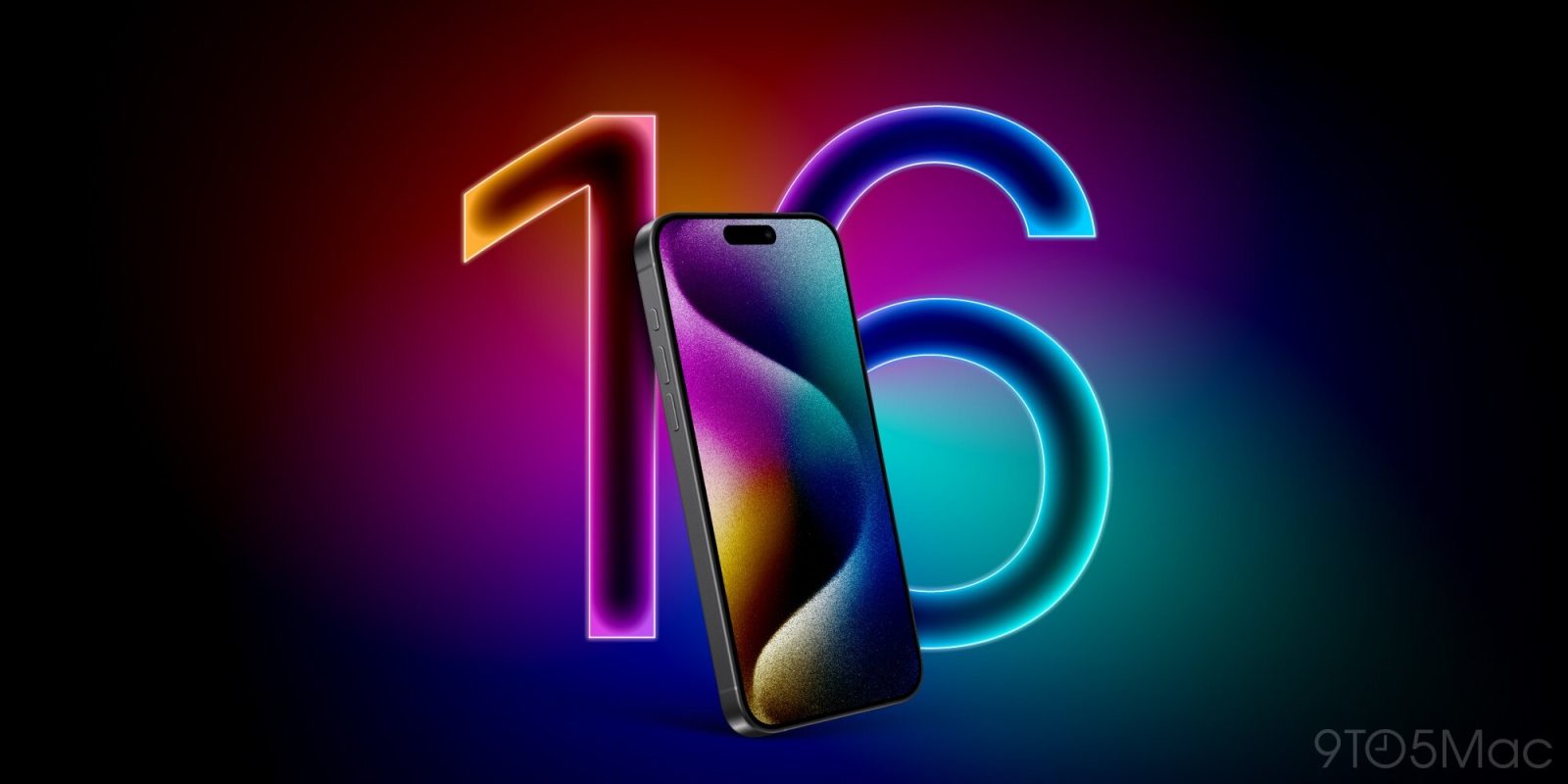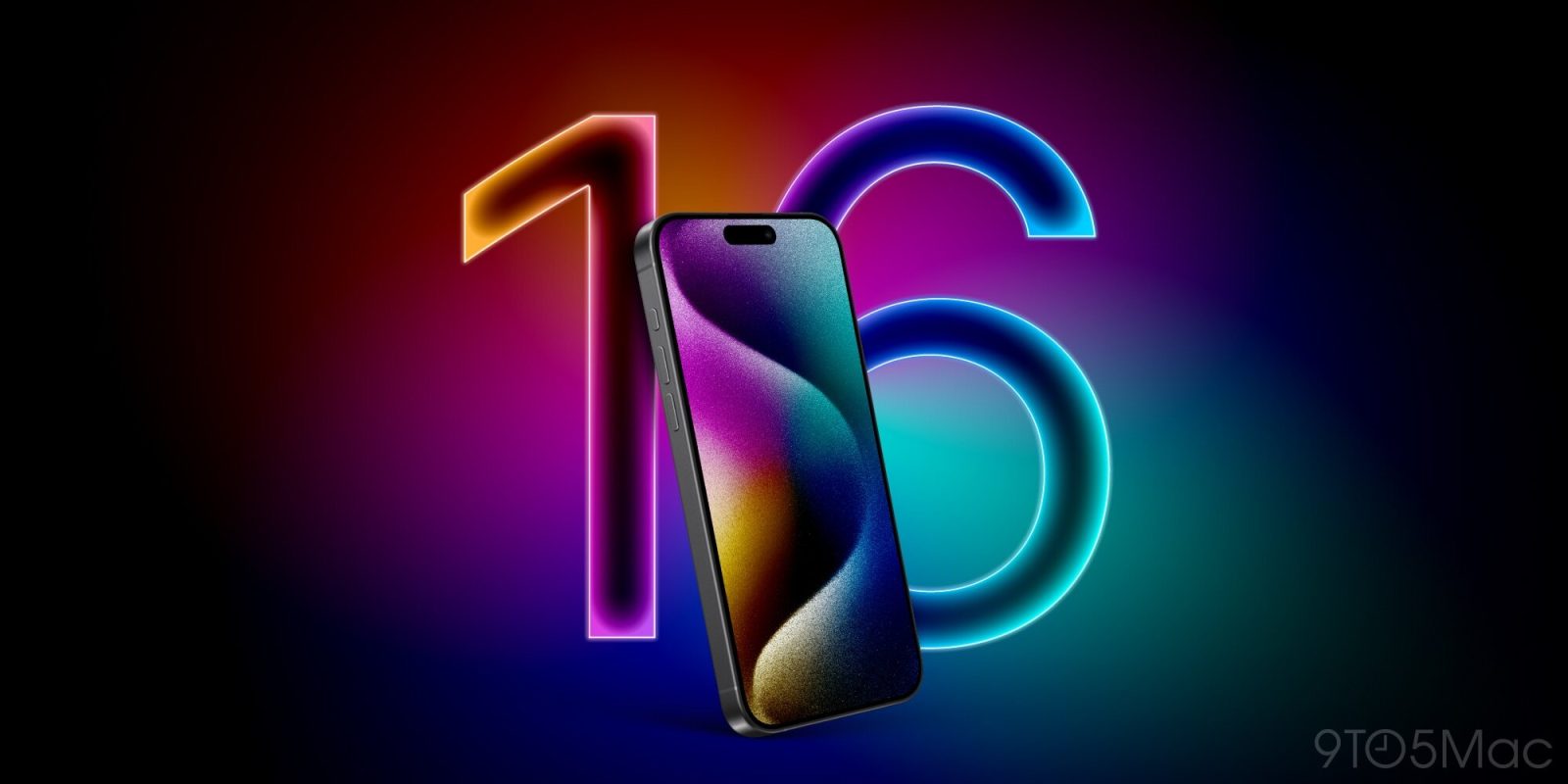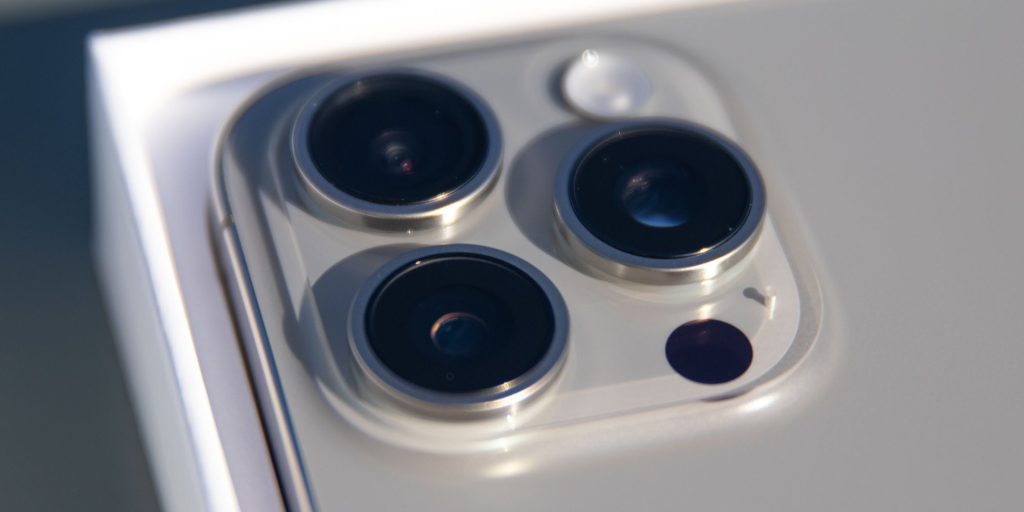iPhone 16 Pro: Four new camera features coming this year


The iPhone 16 Pro lineup will bring new features like larger screens, a dedicated Capture button, and more. We also expect several notable improvements to the camera hardware of the iPhone 16 Pro and iPhone 16 Pro Max. Here are four things to look forward to this year…
New camera features in iPhone 16 Pro and iPhone 16 Pro Max
Improved ultra-wide camera
According to multiple reports, both the iPhone 16 Pro and iPhone 16 Pro Max will receive an improved 48 MP ultrawide camera this year. This will mark a significant improvement over the iPhone 15 Pro’s current 12MP ultrawide camera.
This change should mean that the iPhone 16 Pro’s ultra-wide camera is much better in most shooting situations, but particularly in low-lit environments. Images will also offer more detail and improved colors, while the increased resolution will also provide increased flexibility when it comes to editing and post-processing.
The iPhone 16 Pro’s 48 MP ultra-wide camera could also mean major improvements for spatial video recording. This feature relies on a combination of the main and ultra-wide lenses, and with a new 48 MP ultra-wide, it’s possible that the iPhone 16 Pro could record spatial video in 4K resolution. Currently, the iPhone 15 Pro can only record spatial videos at 1080p resolution.
Extended optical zoom

Currently, the iPhone 15 Pro Max uses a new tetaprism camera design that unlocks 5x optical zoom and 25x digital zoom capabilities. With the iPhone 16 lineup, however, Apple will also extend the improved tetaprism camera to the smaller iPhone 16 Pro. This means that the iPhone 16 Pro and iPhone 16 Pro Max will both offer at least 5x optical zoom and 25x digital zoom.
There’s another twist worth keeping in mind: a sketchy rumor suggests the iPhone 16 Pro Max will feature what’s called a “periscope ultra-long telephoto lens combination.” This would allow for greater than 5x optical zoom, but as of yet the rumor has not been corroborated outside of this single source from last year.
anti-reflective coating
One problem that all iPhone camera users are probably well aware of is flare when shooting in bright environments. This issue causes unexpected artifacts and internal flare reflections to appear in images. This is a hardware issue that affects most cameras on the market, but Apple reportedly has a fix in the works for the iPhone 16 Pro.
Apple is rumored to be testing a new “atomic layer deposition” (or ALD) lens coating technology for the iPhone 16 Pro. This anti-reflective coating could be applied to the iPhone 16 Pro camera lenses to minimize the effects of internal reflections.
If this rumor is true, it means you’ll see fewer unexpected artifacts in iPhone 16 Pro images, especially those taken in bright lighting situations.
Improved main camera

Finally, the iPhone 16 Pro is said to use a new main camera sensor from Sony with an improved design for better low-light performance.
Sony’s latest stacked sensor technology separates photodiodes and pixel transistors, which are normally combined into a single layer. This allows the photodiodes themselves – the bit that actually captures the light – to be significantly larger for the same overall pixel size. Sony claims this sensor captures twice as much light as existing camera sensors.
Capturing more light and removing more noise means better photos across the board for iPhone users.
One thing that’s unclear, however, is whether this next-generation Sony sensor will be used in both iPhone 16 Pro models. At least one rumor on Weibo says that only the iPhone 16 Pro Max will use this improved stacked camera sensor hardware.
Conclude
The iPhone 16 lineup is currently expected to be announced in September. What iPhone 16 Pro camera improvements are you most looking forward to this year? Are you considering upgrading? Let us know in the comments.
Follow Chance: Son, TwitterInstagram and Mastodon.
FTC: We use automatic, revenue-generating affiliate links. More.

News Source : 9to5mac.com
Gn tech



